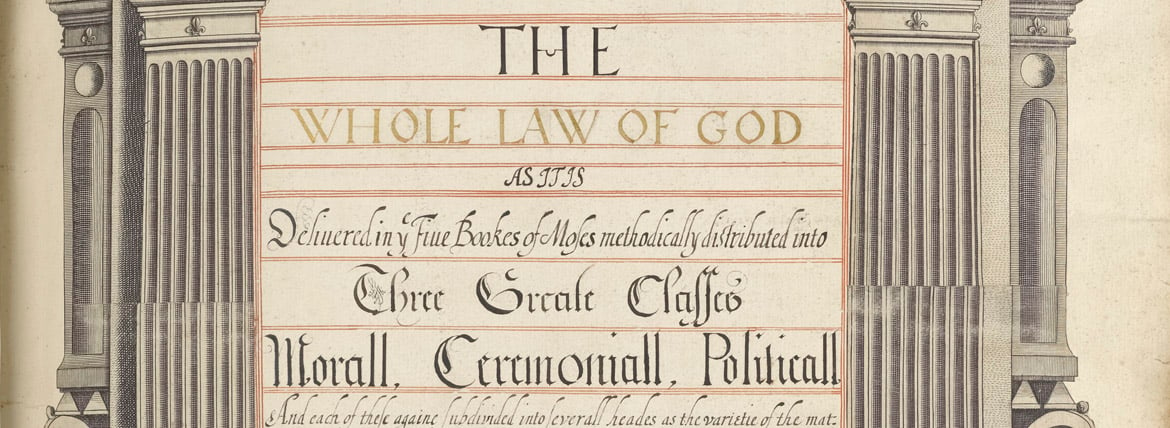
The Little Gidding Concordance
The story behind one of the treasures of the Royal Library
The illustrations
Religious imagery was a contentious subject in England in the early 1600s. A majority of people followed the puritan doctrine that it was idolatrous to produce religious imagery, to have it in Churches or use it to illustrate Bibles. However, some sections of society, including the Little Gidding community, took a less hard-line approach. To Nicholas Ferrar, Bible illustrations were just another tool for helping the reader to visualise and memorise Scripture. The heavily illustrated concordances were also acceptable to the clerical and royal patrons who commissioned or were given them.
Yet the concordances were still clearly a product of English theology. Unlike in mainland Europe, Nicholas Ferrar and his community had a strict rule against images of God, and all figural representations of God are painstakingly removed from the concordance illustrations.
The community at Little Gidding sourced a great wealth of printed images from London print sellers, most of them Dutch or Flemish but also some French, Italian and German. There is even some evidence that they may have commissioned runs of prints and the creation of new plates especially for use in the concordances. Certainly they would have been valued clients, requiring much more material than the average buyer wanting to illustrate one or two Bibles.
The Little Gidding community were insatiable in their requirement for prints. In the Royal Library's concordance almost every page is illustrated, and the book as a whole includes up to four impressions of some prints. Nicholas Ferrar wrote to one of his many agents in London that
this I pray observe in all Pictures you send me Variety in the same kind and story the better
Nicholas Ferrar
On the very rare occasions when a print of a particular scene could not be found or collaged together from other prints, the community resorted to paint and brush, for example in representing the pillars for cloud and fire that the Israelites followed in the desert. But the fact that there are very few hand-painted illustrations in the concordances is evidence of the wide variety of prints available.
In a largely iconoclastic society, the Little Gidding concordances are excellent evidence of a minority but significant culture of religious print collection and Bible illustration in England in first half of the seventeenth century.




